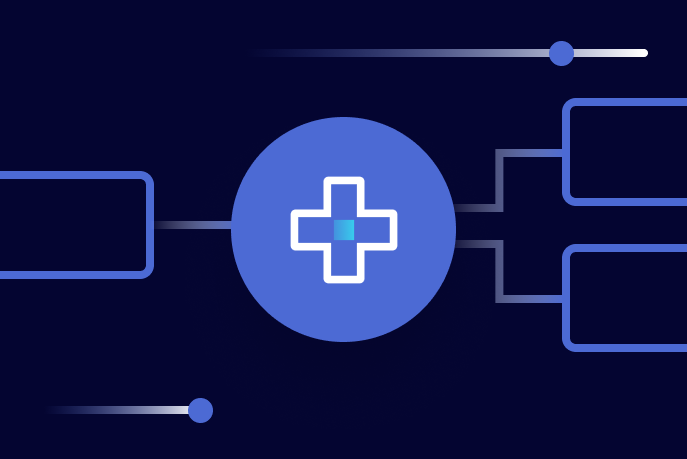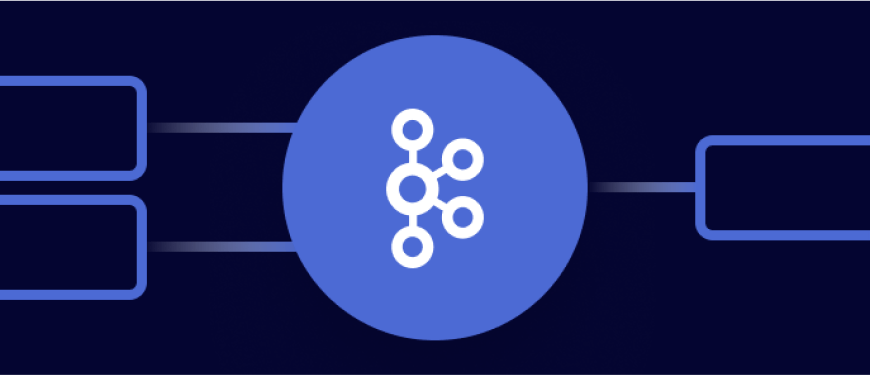It’s Here! Confluent’s 2026 Data + AI Predictions Report | Download Now
Technology
Data Products, Data Contracts, and Change Data Capture
Change data capture is a popular method to connect database tables to data streams, but it comes with drawbacks. The next evolution of the CDC pattern, first-class data products, provide resilient pipelines that support both real-time and batch processing while isolating upstream systems...
Unlock Cost Savings with Freight Clusters–Now in General Availability
Confluent Cloud Freight clusters are now Generally Available on AWS. In this blog, learn how Freight clusters can save you up to 90% at GBps+ scale.
Unleash Real-Time Agentic AI: Introducing Streaming Agents on Confluent Cloud
Build event-driven agents on Apache Flink® with Streaming Agents on Confluent Cloud—fresh context, MCP tool calling, real-time embeddings, and enterprise governance.
Generative AI Meets Data Streaming (Part II) – Enhancing Generative AI: Adding Context with RAG and VectorDBs
In Part 2 of the series, we take things a step further by enhancing GenAI with the tools it needs to deliver smarter, more relevant responses. We introduce retrieval-augmented generation (RAG) and vector databases (VectorDBs), key technologies that provide LLMs with the context they need.
Generative AI Meets Data Streaming (Part I) – Data as the Engine: Building the AI Fundamentals
This blog series explores how technologies like generative AI, RAG, VectorDBs, and DSPs can work together to provide the freshest and most actionable data. Part 1 lays the foundation for understanding how data fuels AI, and why having the right data at the right time is essential for success.
Predictive Analytics: How Generative AI and Data Streaming Work Together to Forecast the Future
Discover how predictive analytics, powered by generative AI and data streaming, transforms business decisions with real-time insights, accurate forecasts, and innovation.
Supercharging Ad Campaign Performance with Generative AI + Confluent
Transform your ad campaigns with generative AI + Confluent. Optimize performance, automate tasks, and deliver personalized content—all in real time.
Using Multi-Language Data Streams for Scalable Translation and Localization
Break language barriers with multi-language data streams. From real-time translation to scalable localization, global communication has never been easier. Explore the best practices and tools to expand your reach.
The Power of Predictive Analytics in Healthcare: Using Generative AI and Confluent
The healthcare industry is transforming with predictive analytics and generative AI. Discover how data streaming helps providers anticipate patient needs, optimize resources, and enhance outcomes in real time. Learn more about the future of proactive care with Confluent.
The Power of Predictive Analytics in Insurance: Using Generative AI and Confluent
The insurance industry is evolving with predictive analytics and real-time data streaming. From fraud detection to personalized policies, discover how generative AI and Confluent empower insurers to be proactive, customer-focused, and efficient. Transform your insurance solutions today.
The Power of Predictive Analytics in Business: Using Generative AI and Confluent
Unlock the future of business decision-making with predictive analytics. From forecasting trends to optimizing operations, see how generative AI and Confluent's real-time data streaming empower organizations to transform raw data into actionable insights.
Queues in Apache Kafka®: Enhancing Message Processing and Scalability
Adding queue support to Kafka opens up a world of new possibilities for users, making Kafka even more versatile. By combining the strengths of traditional queue systems with Kafka’s robust log-based architecture, customers now have a solution that can handle both streaming and queue processing.
Integrating Microservices with Confluent Cloud Using Micronaut® Framework
Continuing our discussion of JVM microservices frameworks used with Apache Kafka, we introduce Micronaut. Let’s integrate a Micronaut microservice with Confluent Cloud—using Stream Governance—and test the Kafka integration with TestContainers.
Introducing Confluent’s JavaScript Client for Apache Kafka®
Confluent launches the general availability of a new JavaScript client for Apache Kafka®, a fully supported Kafka client for JavaScript and TypeScript programmers in Node.js environments.
New with Confluent Platform 7.8: Confluent Platform for Apache Flink® (GA), mTLS Identity for RBAC Authorization, and More
This blog announces the general availability of Confluent Platform 7.8 and its latest key features: Confluent Platform for Apache Flink® (GA), mTLS Identity for RBAC Authorization, and more.
Confluent’s Customer Zero: Supercharge Lead Scoring with Apache Flink® and Google Cloud Vertex AI, Part 1
This blog details an end-to-end real-time prediction project leveraging the combined capabilities of Confluent Cloud stacks and Google Cloud Vertex AI. This project aims to deliver a streamlined solution for real-time prediction applications, catering to the evolving needs and challenges of moder...
Unify Streaming and Analytical Data with Apache Iceberg®, Confluent Tableflow, and Amazon SageMaker® Lakehouse
Tableflow can seamlessly make your Kafka operational data available to your AWS analytics ecosystem with minimal effort, leveraging the capabilities of Confluent Tableflow and Amazon SageMaker Lakehouse.












